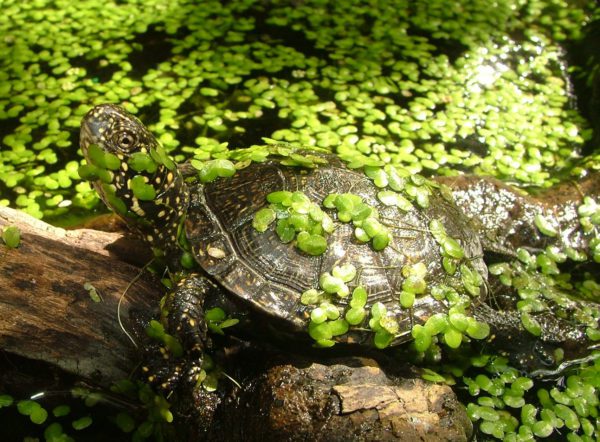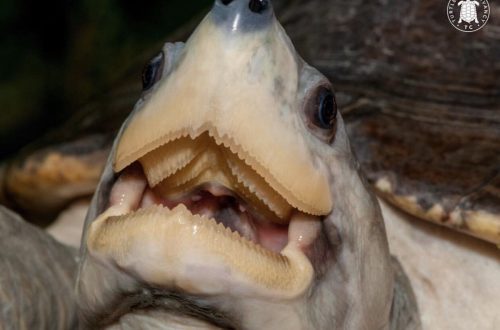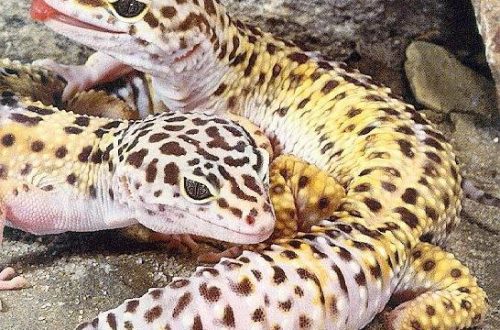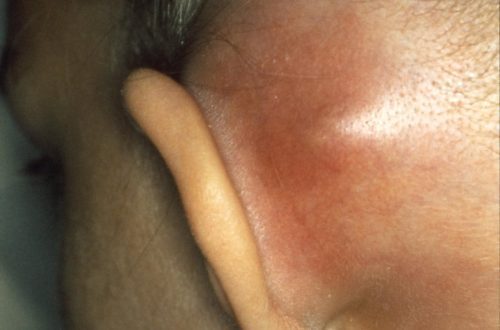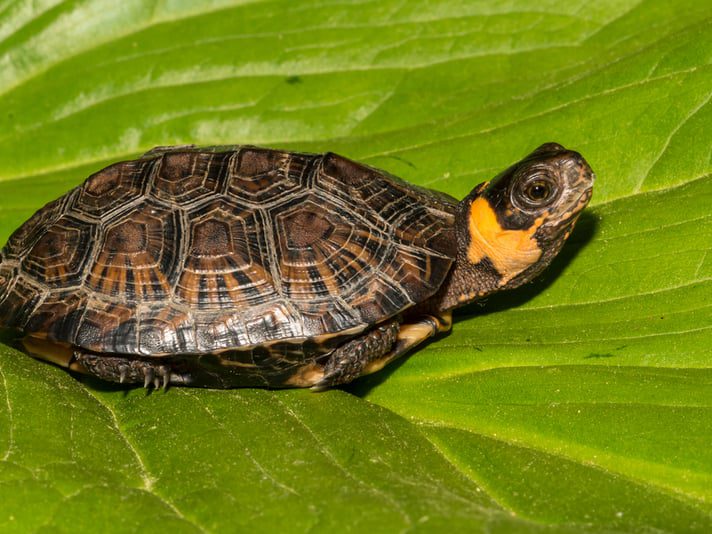
Bog turtle: care and maintenance at home
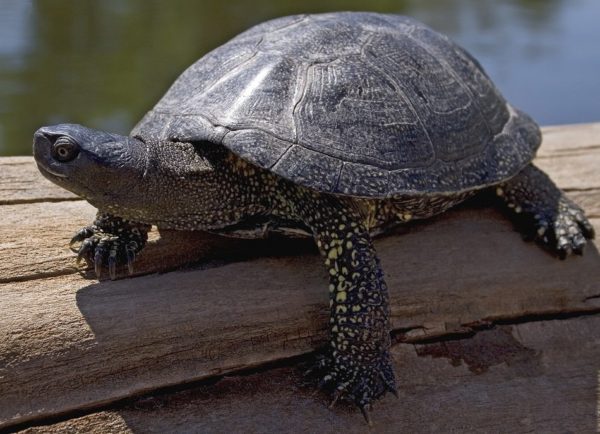
Caring for a marsh turtle at home is not very difficult, so beginner breeders will be able to cope with the task. The main requirements are to provide constantly warm and clean water, as well as a balanced diet for the animal.
Contents
Aquarium and water requirements
First of all, you need to take care of the permanent habitat of the reptile. You can keep a marsh turtle at home only in an aquarium, which must meet several requirements at once:
- Capacity from 100 liters per 1 animal.
- The height of the sides is from 50-60 cm, so that active individuals cannot leave it without permission.
- A constant water level of at least 25 cm.
- The water temperature is not less than +24оС.
- The presence of a stable island of land (approximately 20% -30% of the total surface area), where the turtle will regularly crawl out to warm itself.
An island can be purchased from a pet supply store or made from rocks with special waterproof aquarium glue. In order for the pet to easily climb to the surface, it is necessary to put a gentle hill-bridge, which is also attached to the island. Here, the pet will receive food – as the experience of breeders shows, it is quite simple to accustom it to this.
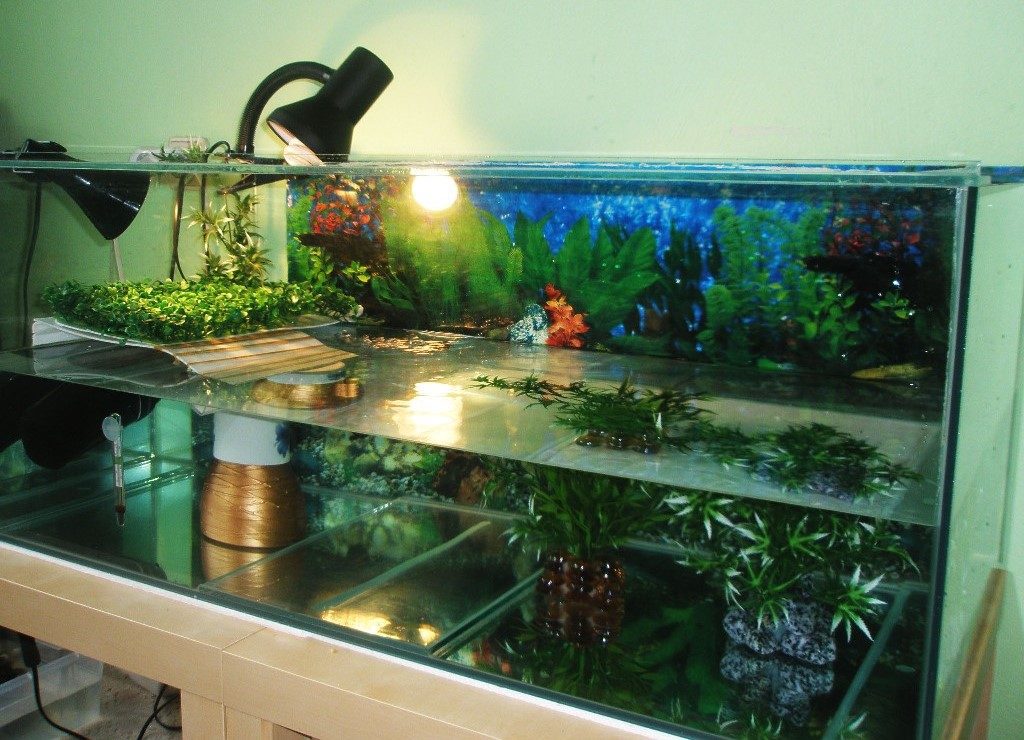
It is better to provide an islet for each individual. If a couple lives in an aquarium (male and female), its capacity must be at least 200 liters. Then it is advisable to make 2 islands and put at least 2 incandescent lamps so that each pet feels comfortable and does not fight for a place “under the sun”.
Основное правило ухода за болотной черепахой – чистая, свежая и всегда теплая вода. Чтобы обеспечить это требование, необходимо:
- Put the aquarium in the warmest place in the room, away from windows and doors.
- Warm it up with an incandescent lamp. It is placed directly above the island at a distance of at least 30 cm. The optimum surface temperature of the stones is 30-35 ° C.
- On the other side, you need to install a UVB 8% or 10% marking lamp. UV radiation not only heats the water, but also promotes the production of calcium in the animal’s body. Thanks to this, the shell and bones of the turtle become stronger and grow faster.
- Both lamps are switched on for the entire daylight hours, which should last from 12 hours. They can be turned on before leaving for work at 8 am and turned off in the evening at 20 pm. To control the temperature of the water, a thermometer must be installed. If it heats up more than 30 ° C, turn off the incandescent lamp.
- The bottom is lined with pebbles and other stones. All pebbles and decorative elements must be large enough, otherwise the turtle can swallow them and choke. On the surface, you can breed duckweed, which the pet will also eat with pleasure.

- To keep the water always clean, a filter is installed at the bottom. However, turtles often attack him, mistaking him for a stranger. If this is observed too often, it is better to simply change the water manually. This should be done every 2-3 days (half of the volume is to be replaced).
- A complete change of water in the aquarium is carried out as needed, but at least once a month. The turtle can be put in a basin or released to run around the room, and at this time, drain the water, rinse the inner walls of the aquarium. Next, new water is poured, which should stand for at least a day and warm up to at least 24 ° C.
In order to pollute the water as little as possible, many experienced breeders prefer to feed their pet not in an aquarium, but in a basin or sink, after inserting a plug into the drain hole. Water should also settle and be warm enough. The feeding procedure will take no more than half an hour, but the remnants of food will definitely not get into the aquarium.

Diet and feeding rules
Рацион болотной черепахи на 2/3 состоит из нежирной рыбы:
- pollock;
- halibut;
- hake;
- Navaga and others.
The remaining 1/3 is meat, including offal, and plant foods, which should take up to 10% -15% of the total diet. Fish is the main food for feeding, it is given 5-6 days a week. You can replace fish with insects and crustaceans.
Once a week, the turtle can be given:
- chicken breast fillet;
- beef liver;
- chicken heart;
- vegetable feed (lettuce leaves, dandelion greens, duckweed).
Both in nature and at home, the European bog turtle likes to eat food only under water. Therefore, food is placed in the aquarium or given with tweezers. The latter option is the most suitable, since in this case the water is not contaminated with food residues.
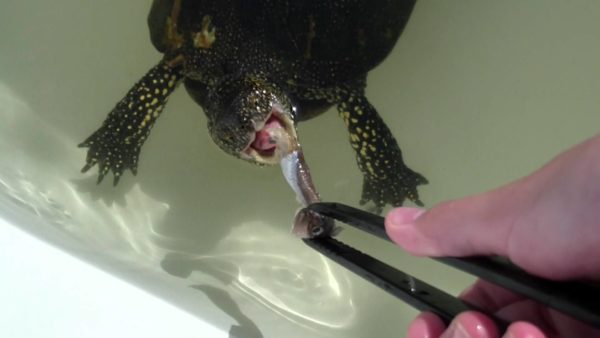
Видео: кормление болотной черепахи
Walking and swimming
Periodically, the swamp turtle is released to walk around the room. However, it is important to keep an eye on the animal, as it is very active and can get stuck in places that are difficult to reach. A turtle can live without water for more than a day, but it is advisable to let it out on land for a maximum of 3-4 hours. Then no harmful effects on health (discoloration of the skin, injuries, metabolic disorders) will not occur.
Another rule for keeping a marsh turtle is regular bathing of a reptile. Novice breeders mistakenly believe that since the animal is in the water, then it is not necessary to bathe it. In fact, aquarium water becomes contaminated very quickly: even if you feed the reptile in another container, the environment is filled with waste products.
Therefore, periodically, about 1-2 times a month, the turtle can be redeemed in a basin or sink with warm, settled water. The liquid level should not cover the pet with the head: about 2/3 of the shell. Bathing is carried out with the help of an ordinary soft cloth, which is carefully rubbed off the dirt over the entire surface of the body, especially the shell. It is unacceptable to use detergents and hard brushes – otherwise they can damage the health of the turtle, penetrate into the eyes, and the bristles will scratch the shell.
Captive breeding
Individuals become sexually mature when they are 7 years old. If there is a male and a female in the aquarium, they will definitely mate and even be able to produce offspring. Mating usually occurs in the spring: the male climbs onto the female and touches the back of her body with his tail. The female can lay eggs both after a few days and within six months, since the sperm remains active for up to 12 months.
The turtle will then want to lay eggs. In about 2 days, she will begin to worry, behave unusually, and show special activity. The reptile will want to get out of the aquarium or will begin to actively dig the ground. At this point, you need to install a container with clean sand or wet moss on the island (vermiculite can also be used).

If the aquarium is too small, you can put the reptile in a separate container with these fillers. She will dig a hole and lay about 10 eggs up to 2 cm in size. The animal can then be removed and incubated for the eggs. The temperature should be in the range of 28-30°C. After 2-3 months, small turtles will hatch from the eggs, which must be immediately placed in an aquarium with clean water.
disease
If you keep the turtle in normal conditions, constantly monitor the purity of the water and the balance of the diet, it will practically not get sick. However, temperature fluctuations, pollution, malnutrition lead to metabolic disorders. Also, the swamp turtle is also susceptible to infectious diseases:
- skin lesions by microscopic fungi;
- septicemia;
- pneumonia.
The best disease prevention is constant heating and water purification.
Hibernation
One of the controversial points in keeping and caring for a bog turtle is whether to let the animal hibernate or not. In nature, individuals regularly lie on the bottom when the temperature in the reservoir drops to + 10 ° C and below. However, in the south, in North Africa, such temperatures almost never happen. And marsh turtles are active throughout the season, i.e. don’t sleep at all.
Since home conditions are close to natural, and the aquarium is always kept at a consistently high temperature, the turtle will not want to hibernate, which is normal. But even if she fell asleep for several days, one should not forcibly remove the reptile from this state. It is enough just to highlight the aquarium and heat the water 2-3 degrees above the usual temperature. Then the pet will “come to life” on its own, without additional influences.
Caring for a bog turtle is quite simple. The basic rule is to provide clean, warm water and a balanced diet. If you regularly monitor the aquarium, change the liquid, highlight it, the pet will live for several decades. In nature, it can live up to 45-55 years, and at home – up to 30 years.
Video: keeping a marsh turtle
How to keep a marsh turtle at home
3.6 (71.43%) 7 votes



